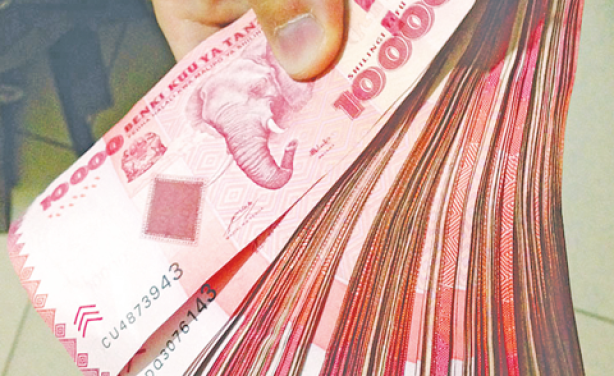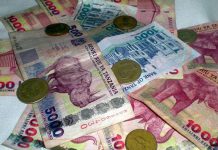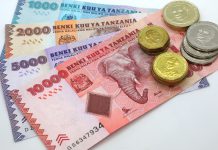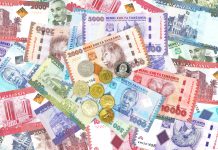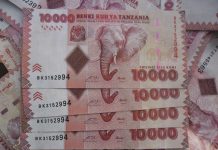TANZANIAN shilling is among top ten most stable currencies in Africa that fluctuate below 0.5 per cent since the beginning of the year, and leads in East Africa community.
The shilling, according to Bloomberg World Currency Ranker, was in seventh position yesterday after depreciating by 0.12 per cent against US dollar from the start of the year to date.
The Tanzanian currency was above Kenya shilling that depreciated by 0.17, Nigerian naira went down 0.69 per cent and Ugandan shilling 1.08 per cent yesterday against a US dollar.
The Bank of Tanzania (BoT) Director of Economic Research and policy Dr Suleiman Misango said the exchange rate remained “broadly stable” depreciating below 1.0 per cent year-on-year.
“The shilling/US dollar exchange rate is expected to remain stable in the coming months due to stable monetary and budgetary policies,” Dr Misango told journalists at a seminar, organised by the central bank in Arusha.
He further noted that lower inflation rate keeps the shilling in check in the short and longer run. The inflation stands at 3.7 per cent in January.
The government has implemented a number of changes in the administration of foreign currency businesses.
The 2019 Regulations, which revoked those of 2015, introduced a new minimum capital requirement of 1bn/- for one to secure a bureau de change licence.
The new regulations abolished bureau de change classes A and B, maintaining the single capital of 1.0bn/-. Previously Class A capital was 300m/- and B was 1.0bn/-.
The Manager of Microfinance Banks and Bureaux de Change Supervision at BoT, Mr Victor Tarimu said the closure of 291 bureaus, to some extent helped to stabilise exchange rate over time.
“Currently we are studying why the exchange rates were fluctuating unbeatable towards north,” Mr Tarimu said.
Though the shilling has yet achieved a strong currency status but the stability means consumers and firms could benefit from lower prices of imported goods as well as reduced inflationary pressures.
Orbit Securities said in its weekly market synopsis that the Tanzanian shilling gained 21 pips as the value of weekly market transactions grew by 53 per cent, a third-week consecutive growth.
The shilling closed the week at 2,300/75 against a dollar compared to previous week’s 2,300/96 a greenback.
“The shilling gained strength slower on a monthly basis as it gained only 8 pips,” the Orbit report showed.
The weekly total value of transactions grew to 28.15million US dollars, up from 18.4million US dollars during the previous week.
The Orbit report also showed month to month the value of transactions fell by 6.2per cent, from 69.5million US dollars during January to 65.13million at the end of February.
Bloomberg Ranker said the best currencies that have appreciated were Ghana cedi, leading the pack at 4.77 per cent and followed by Egyptian pound at positive 2.65 per cent.
Others are Sierra Leone appreciated by 0.02 and Djiboutian franc by 0.01 per cent.
The Tanzania shilling was below Malawian Kwacha which sank slightly by 0.01 per cent and Guinean franc at 0.03per cent.
At the bottom of the list was South African rand that slipped by 8.97 per cent though was among two currencies in Africa for best interest returns.
The rand had interest returns of 1.11 per cent behind Egyptian pound at 1.81 per cent.
However, on forecasted total returns, the rand lead with 4.08 per cent against Egyptian pound of 0.52 per cent.


